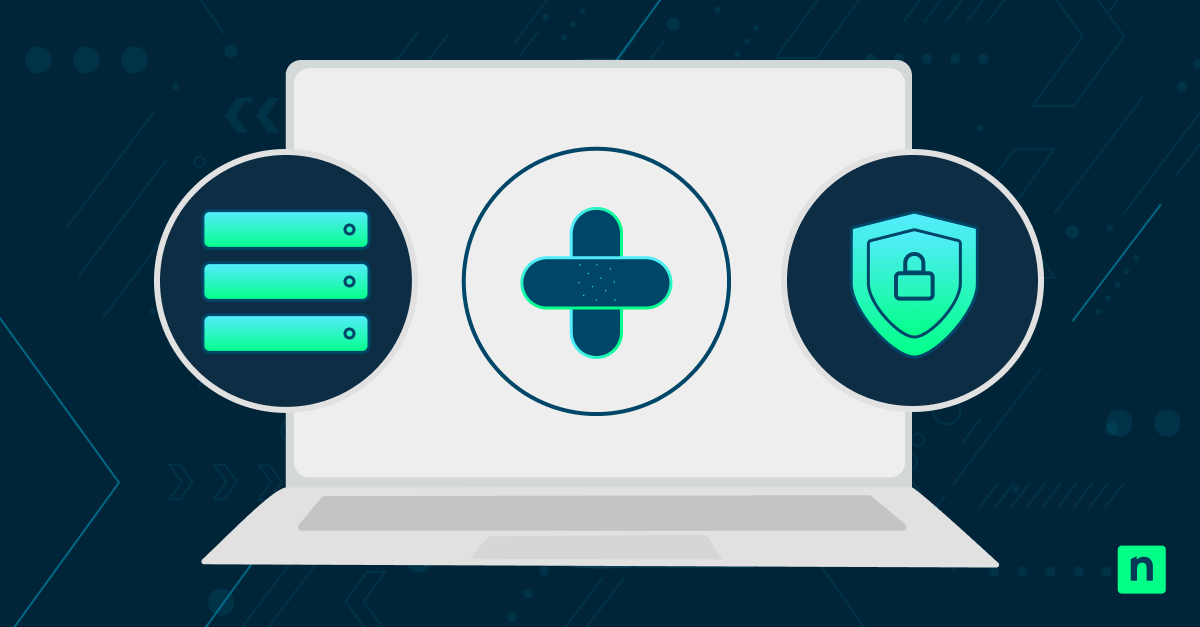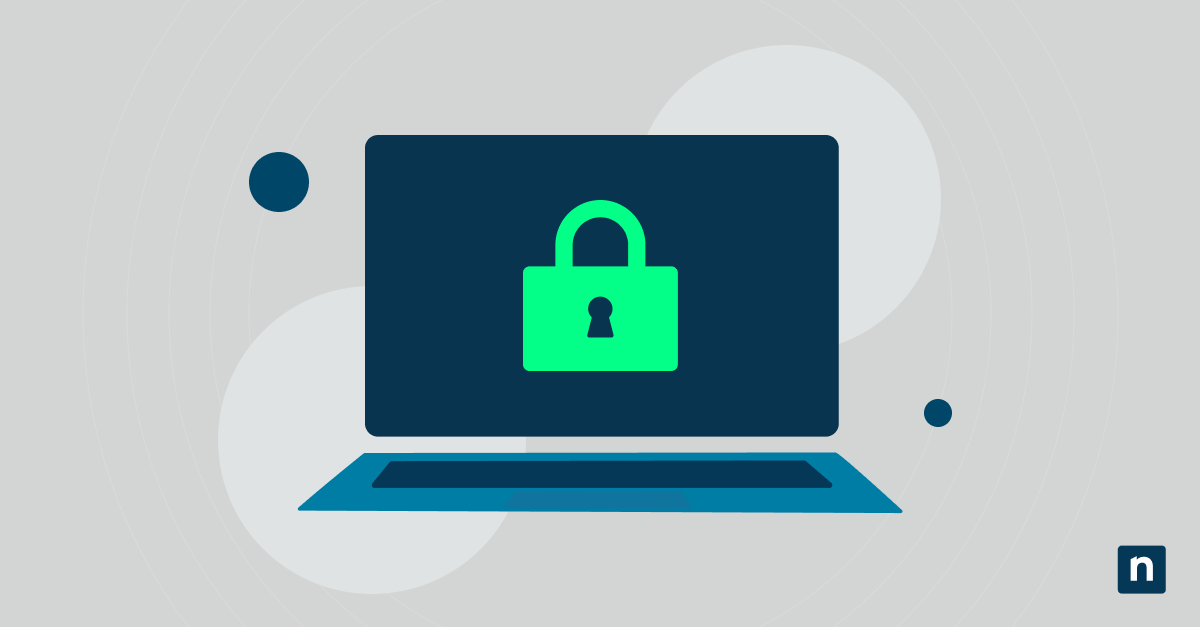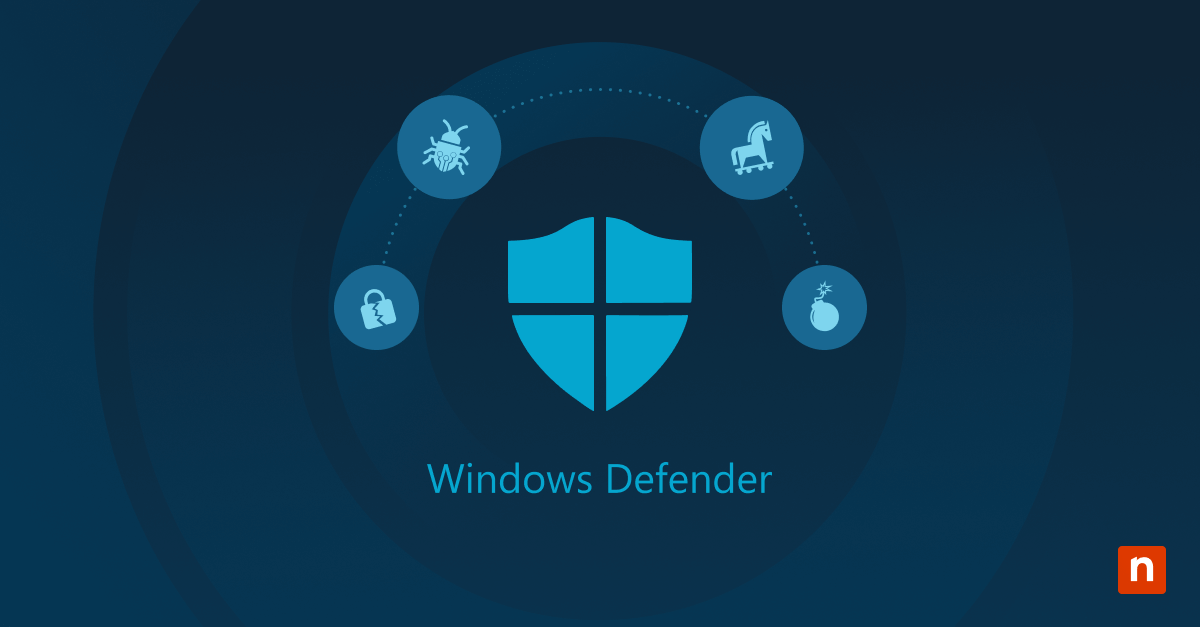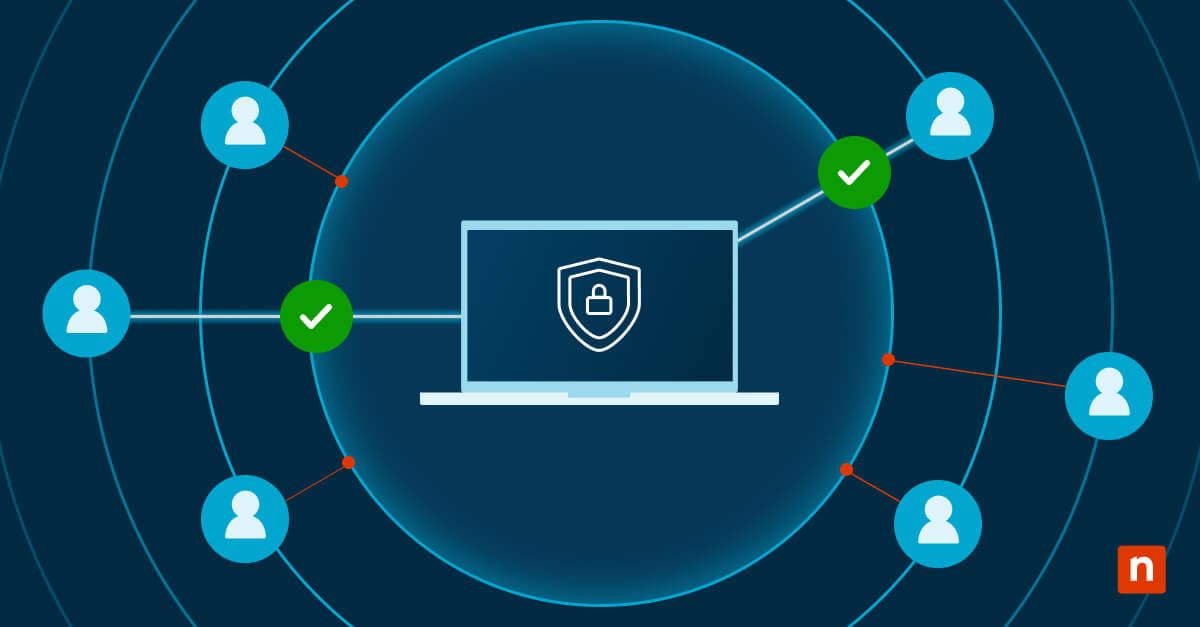In the digital age, the threat of cybersecurity breaches looms larger than ever. Inadvertent actions, such as clicking on phishing links, falling victim to social engineering tactics, using weak passwords, or neglecting essential security practices, contribute significantly to cybersecurity risks. These actions create openings for cybercriminals to exploit, leading to unauthorized access and data breaches.
While technological advancements enhance security measures, the human element remains a significant factor in cybersecurity vulnerabilities. How human error relates to cybersecurity risks encompasses a range of unintentional actions that compromise the integrity of digital systems.
This guide explores the intricate relationship between human error and cybersecurity risks, shedding light on inadvertent actions that often serve as gateways for security breaches.
🥷 Own your security future with NinjaOne. → See how.
The real-world consequences of human error
One notable real-world example of a human error breach is the Business Email Compromise (BEC) attack that targeted Ubiquiti Networks in 2015. Ubiquiti Networks, a manufacturer of wireless data communication products, fell victim to a sophisticated social engineering scheme that resulted in a significant financial loss.
In this case, the attackers used social engineering tactics to manipulate employees and gain unauthorized access to Ubiquiti’s financial systems. The perpetrators initially conducted reconnaissance, gathering information about the organization and its key executives. Armed with this knowledge, they then launched a targeted spear-phishing campaign.
The attackers posed as company executives and sent convincing emails to employees with access to financial systems. These emails, crafted with precision and mimicking the communication style of high-level executives, requested urgent fund transfers. The messages typically claimed to be related to confidential business transactions or acquisitions, and they pressured the recipients to act swiftly to avoid jeopardizing the supposed deals.
Trusting the legitimacy of the emails and under pressure created by the urgent tone, some employees fell victim to social engineering tactics and initiated unauthorized wire transfers. As a result, Ubiquiti Networks lost approximately $46.7 million in fraudulent transactions.
This incident highlights the effectiveness of social engineering in exploiting human psychology and trust within organizations. By leveraging research, impersonation, and urgency, the attackers manipulated employees into taking actions that directly compromised the company’s financial security.
Human error statistics and implications
Statistical analysis reveals the vast majority of data breaches occur as a result of human error, with 73% of data breaches attributed to such events. Exploring these figures helps quantify the magnitude of the problem and underscores the urgency of addressing human vulnerabilities in cybersecurity.
Differentiating between security breaches caused by employees and those instigated by external actors provides a nuanced understanding of the varied threats organizations face. InfoSecurity Magazine attributed 43% of security breaches to internal actors. The risks associated with unknown threat actors may capture the imagination more readily than internal users, but a tailored security response that effectively addresses internal and external risks is required.
Certain sectors and industries face elevated risks due to specific characteristics of their operations and the perceived value of the data they hold. For example, the healthcare and medical services sector reported the greatest number of security breaches of any sector at 23%, with 18% of those breaches considered a result of human error. The education sector reported 35% of breaches resulting from human error, while in retail, the figure was 88%.
Remember that cyber hygiene measures, such as updated malware protection, cloud backups, strong passwords, restricted admin rights, and network firewalls, are essential for all organizations to protect against human error and other cyber threats. Vigilance, training, and robust security practices are crucial to minimize the impact of human error in data breaches.
Leading causes of data breaches related to human error
Leading causes of data breaches related to human error often stem from negligent actions or lapses in judgment by employees. One common cause is the mishandling of sensitive information, such as inadvertently sharing confidential data with unauthorized parties or falling victim to phishing scams.
Additionally, weak password practices, such as using easily guessable passwords or reusing them across multiple accounts, can result in unauthorized access to sensitive data. Malicious actors often target individuals and organizations who collect sensitive information, exploiting human errors for their gain.
Employees may also unintentionally misconfigure security settings, leaving systems vulnerable to exploitation. Failure to follow established security protocols and procedures, such as neglecting to encrypt files or failing to update software promptly, can leave systems exposed to potential threats.
Reducing human error: Best practices and recommendations
Human error is a persistent problem, and minimizing its risks is a continuous process in an ever-changing threat landscape. The following best practices will optimize your position:
- Provide continuous training and education: Continuous training and education programs are paramount in mitigating human errors. Ensuring employees stay informed about evolving cybersecurity threats equips them to make informed decisions and recognize potential risks.
- Encourage robust password practices: Promoting robust password practices, such as using complex and unique passwords, and avoiding common pitfalls like password reuse enhances the overall security posture. Regular reminders and awareness campaigns contribute to building a security-conscious culture.
- Test, monitor, and audit: Regular phishing tests, audits, drills, and assessments identify areas of vulnerability within an organization. These proactive measures enable organizations to address weak points, implement corrective actions, and continually improve their cybersecurity defenses.
- Leverage technology: Leveraging technological solutions to complement human efforts is crucial. Technologies such as AI-driven threat detection, multi-factor authentication, and automated security protocols provide an additional layer of defense, compensating for inherent human fallibility.
Reduce security vulnerabilities with NinjaOne’s endpoint security tool.
Limiting the damaging consequences of human error
Acknowledging the human element and emphasizing the shared responsibility of both individuals and organizations in ensuring data security and integrity allows organizations to implement targeted measures that address vulnerabilities effectively,
The ever-evolving nature of cybersecurity threats necessitates continuous vigilance and adaptation. Staying informed about emerging threats and adopting proactive cybersecurity measures are essential components of a resilient defense against human error-related security risks.
Using endpoint management software to improve endpoint security can help your organization mitigate the threat posed by human error. By providing control and visibility, RBAC, password management to guard against weak passwords, and drive encryption to prevent data theft, your data is only accessible to those with the right permissions.
Antivirus, anti-malware, and device approval mechanisms prevent unauthorized devices from connecting to your network, limiting the damaging consequences of human error from impacting your business.








